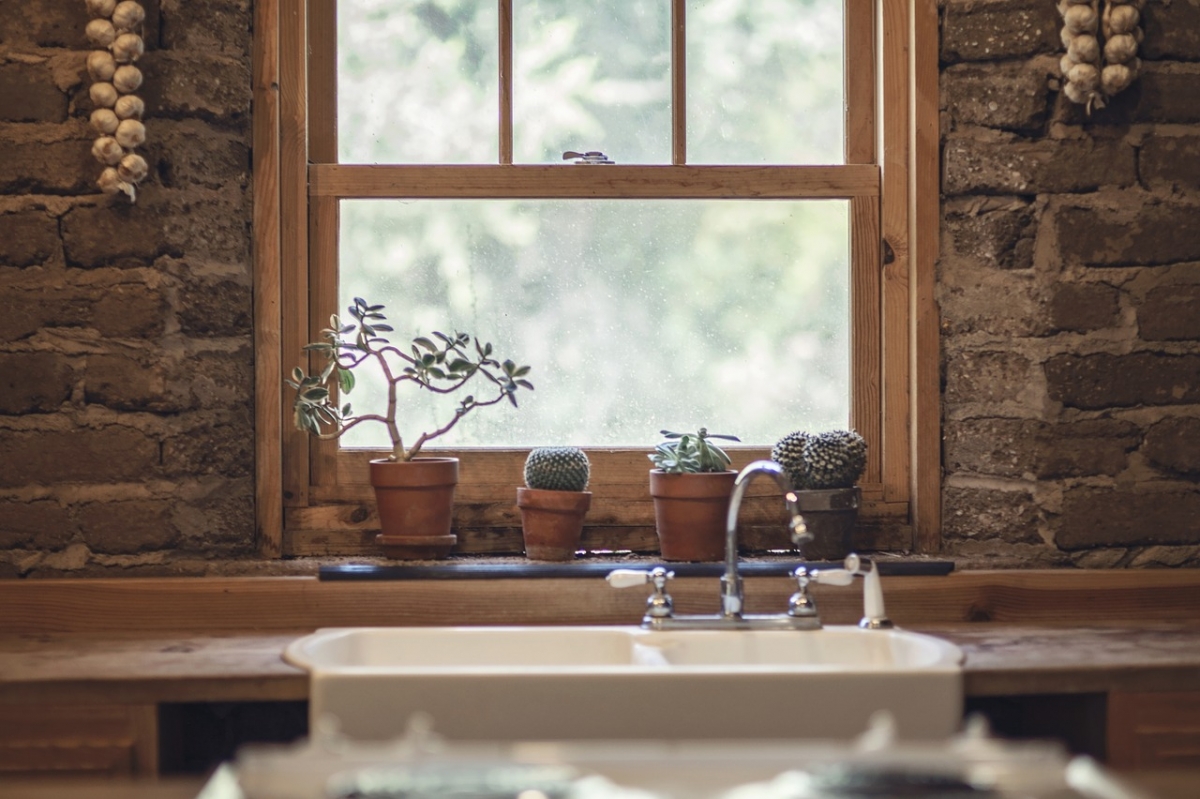Looking to improve your wellbeing and redecorate your living space? If you are, you might want to consider investing in some plant buddies! Not only will they elevate the look of a room, they also can contribute positively towards your health.
According to a study by the National Aeronautics and Space Administration (NASA) in this article by the DailyMail, house plants can absorb and break down harmful chemicals in the air, creating a healthy eco-system in your home or room. To support this, we did a bit of experimenting ourselves and found that having some greenery at home can, in fact, help reduce stress and anxiety; a common problem for students who are constantly studying for tests and exams. For people who spend most of their time indoors, it is a great idea to have plants as they also help increase productivity.
Here are three plants we recommend that will give you the most benefits:
Peace Lily

Image by: Ray via Flickr
According to the research conducted by NASA, the peace lily plant helps to freshen up the air. It removes toxins such as ammonia, benzene, formaldehyde, and trichloroethylene, which cause eye and respiratory irritations, headaches and nausea.
The flowers also provide a more elegant vibe, making your home much more aesthetically pleasing. The best place to put a peace lily is in the bathroom or damp areas in the house. They do not require direct sunlight.
Cactus

Image by: Nikodemus Karlsson via Flickr
Cacti are highly recommended for beginners as they are easy to care for. Very little maintenance is needed, perfect for busy students.
Interestingly, unlike most plants, cacti release oxygen throughout the night, essentially freshening the air in your home even while you are asleep.
Malcolm Fraser, gardener at Trinity College, highly recommends owning a cactus because they are easy to care for.
“Cactuses and succulents are very low maintenance, hardly any water, hardly any sort of fertiliser, little space, and you don’t need to worry about the ground,” he said.
Aloe Plant

Image by: Kari Faulkner via Flickr
Another plant acknowledged by NASA for its healing properties is the aloe plant. Similar to cacti, they help to improve your air quality at home and is also very easy to care for.
Furthermore, an Aloe plant can heal you both inside and out. The gel inside the aloe plant can even help heal any cuts or burns making it multifunctional.
While these plants would make great addition to any home and are fairly easy to work with, make sure to do a little bit of research before picking your plant buddy.
This story was produced by Media and Communication students at Trinity College Foundation Studies as part of Meld’s community newsroom collaboration. Education institutions, student clubs/societies and community groups interested in being involved can get in touch with us via meld@meldmagazine.com.au.
Meld wishes to build a culture where mental health issues can be freely discussed and encourage all international students to seek assistance and advice, professional or personal, if they are experiencing difficulties that may be affecting their mental health.
Students who are affected by mental health issues or those who know someone who is can seek help through hotlines such as Lifeline at 13 11 14, beyondblue at 1300 22 4636, and Headspace at 1800 650 980.
For LGBTQ individuals who have specific needs, contact QLife at 1800 184 527.
Students may also seek help from in-house university counsellors or helplines.

